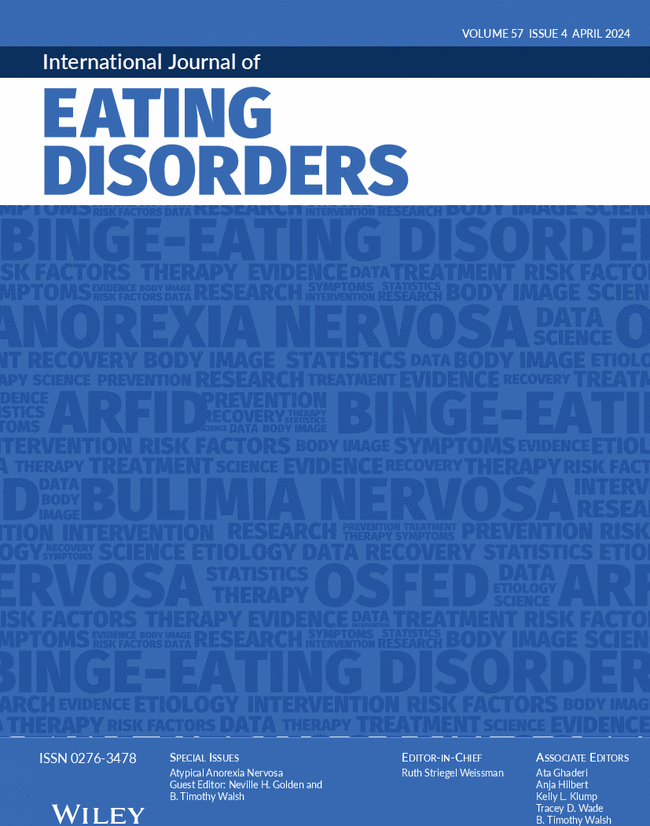Examining Associations of Borderline Personality Disorder Symptoms and Eating Disorder Diagnoses: Results From a US Representative Sample
Abstract
Objectives
Borderline personality disorder (BPD) and eating disorders (EDs) are common comorbid diagnoses. Given the various combinations of borderline personality disorder symptoms (BPDS) that can comprise a diagnosis, understanding whether specific BPDS are more likely to be associated with an ED (anorexia nervosa [AN], bulimia nervosa [BN], and binge eating disorder [BED]) is important for the conceptualization and treatment of BPD-ED comorbidity.
Methods
This study used data from the National Epidemiologic Survey on Alcohol and Related Conditions-III (NESARC-III) study, a nationally representative dataset of US adults (N = 36,309). The association of BPDS with EDs, compared with psychiatric and healthy control groups, was examined in two binomial and two multinomial (i.e., with all ED diagnoses) models.
Results
Compared with the healthy control group, affect instability, emptiness, impulsivity, self-injurious behaviors, and unstable relationships were positively associated with any ED diagnosis (AN, BN, or BED). Compared with the psychiatric control group, impulsivity was positively associated with any ED diagnosis. In the multinomial model with the healthy control group, impulsivity and self-injurious behaviors were positively associated with AN, BN, and BED, emptiness was positively associated with AN and BED, and unstable relationships and affect instability were positively associated with BED. In the multinomial model with the psychiatric control group, self-injurious behaviors were positively associated with AN, and impulsivity and affect instability were positively associated with BED.
Discussion
Results suggest certain BPDS may be more common with certain EDs (AN, BN, and BED), even when controlling for other EDs and a psychiatric control group.

 求助内容:
求助内容: 应助结果提醒方式:
应助结果提醒方式:


